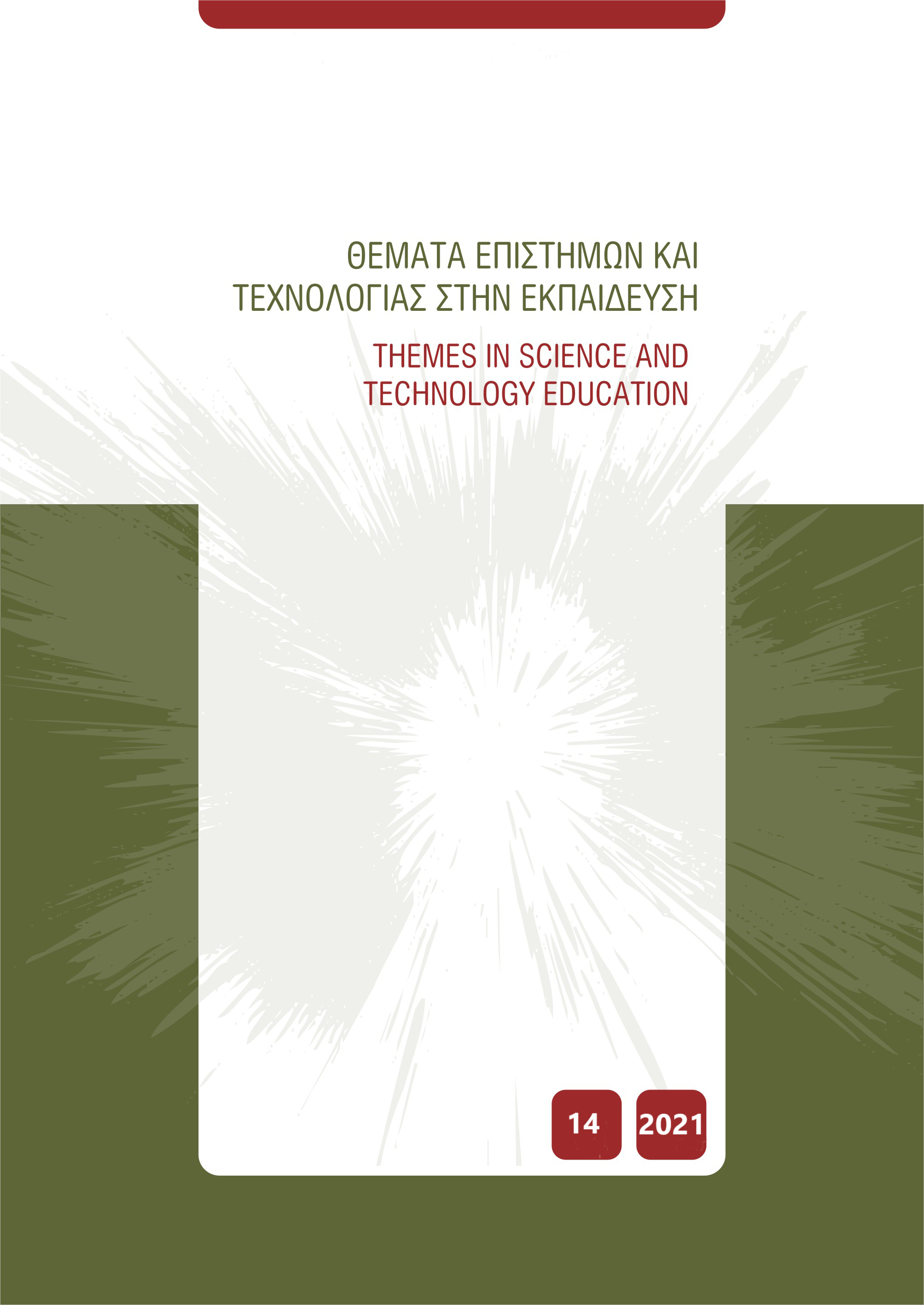Διερεύνηση των Στάσεων Εκπαιδευτικών Πρωτοβάθμιας Εκπαίδευσης για τη Διδασκαλία των Φυσικών Επιστημών
Abstract
Η παρούσα εργασία διερευνά τις στάσεις 121 εκπαιδευτικών πρωτοβάθμιας εκπαίδευσης (ΠΕ70) απέναντι στη διδασκαλία του μαθήματος των Φυσικών Επιστημών και τον τρόπο που αυτές επηρεάζουν τις διδακτικές προσεγγίσεις τις οποίες εφαρμόζουν οι ίδιοι στην τάξη. Η έρευνα υλοποιήθηκε με τη χρήση ερωτηματολογίου βασισμένο στο ερευνητικό εργαλείο DAS (Dimensions of Attitude toward Science) το οποίο προσαρμόστηκε κατάλληλα, για τις ανάγκες της έρευνας. Τα αποτελέσματα αναφέρουν ότι ένα σημαντικό μέρος των εκπαιδευτικών, αντιλαμβάνονται την αξία της διδασκαλίας των Φυσικών Επιστημών στην πρωτοβάθμια εκπαίδευση ενώ, απολαμβάνουν τη διδασκαλία του μαθήματος. Ταυτόχρονα, δεν θέτουν όρια μεταξύ ανδρών και γυναικών σε σχέση με την ικανότητα διδασκαλίας των Φυσικών Επιστημών, ούτε μεταξύ αγοριών και κοριτσιών σε σχέση με την ικανότητα να διδαχθούν Φυσικές Επιστήμες. Τέλος, αν και αισθάνονται σίγουροι για τη διδασκαλία του μαθήματος που αφορά τις Φυσικές Επιστήμες, γεγονός που επηρεάζει θετικά τη στάση τους απέναντι στη διδασκαλία, γίνεται σαφές ότι έχουν υψηλή εξάρτηση από το πλαίσιο στο οποίο διδάσκουν.
Article Details
- How to Cite
-
Βίννη Α., Ζαχαρής Γ., & Καλογιαννάκης Μ. (2021). Διερεύνηση των Στάσεων Εκπαιδευτικών Πρωτοβάθμιας Εκπαίδευσης για τη Διδασκαλία των Φυσικών Επιστημών. Themes in Science and Technology Education, 14, 1–17. https://doi.org/10.12681/thete.39955
- Issue
- Vol. 14 (2021)
- Section
- Articles






